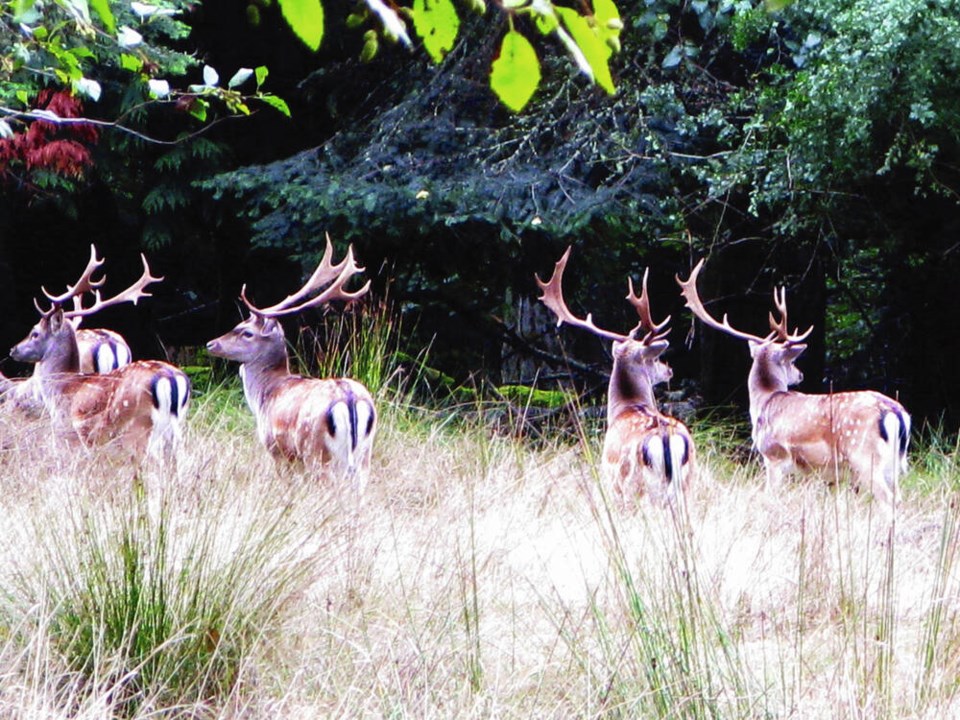A commentary on behalf of the Animal Alliance of sa国际传媒.
In response to the recent story about concerns of a conflict of interest in the procurement process by Parks sa国际传媒, a local Sidney Island resident wrote a commentary that challenged claims in that article.
This requires a further response.
First, the conflict of interest is about the standardized processes that ensure fair and equitable awarding of contracts through government procurement.
This was a concern raised internally by Parks sa国际传媒’s own staff for its potential to “jeopardize the project.”
When I brought these concerns to the Office of the Procurement Ombudsman, who is the watchdog for federal government procurement, they shared these concerns.
Going through hundreds of pages of Access to Information Request materials showed a consistent pattern of concern by Parks sa国际传媒 staff and an unfortunate lack of response by leadership.
This is about accountability and transparency in how policy development is shaped and implemented when the government works with the private sector.
It doesn’t make a difference if it is about deer or any other social issue; public trust is eroded equally when the rules aren’t followed and staff are made to feel “bullied” and “disrespected” in the process to push a particular narrative despite the evidence.
Even if the successful contractor is the best in the world, they should not be above due process, and the issues raised must be addressed.
Furthermore, something the writer neglects to mention is that this is not just a fallow deer eradication project anymore, it is also a native black-tail deer eradication project.
This is apparently due to the inability of “experts” to differentiate between the black-tail and fallow deer, or due to shooting them from helicopters. It is not clear which, but the consequences are that every last deer on the island will be removed with further consequences for the island’s ecology.
As animal advocates, we absolutely do not support an ongoing hunt and recognize that the reason an issue with fallow deer exists on Sidney Island, and other islands, is because of the introduction of this population more than 100 years ago for hunting purposes.
However, there are far more practical, effective and humane alternatives than helicopter aerial killing. Due to the aforementioned conflict of interest, it is not that the alternatives were not feasible, it is that they were not given serious consideration.
Undoubtedly there are internal politics on Sidney Island that I am not privy to, including the questionable strata vote on approving the eradication that the writer mentions.
Regardless, my job is to look at the evidence of how the government and the private sector’s decision-making affects policy development, and what the consequences are for the animals caught in the middle.
From this perspective, you don’t need to be an expert to understand that the entire process has been flawed from the beginning.
>>> To comment on this article, write a letter to the editor: [email protected]



